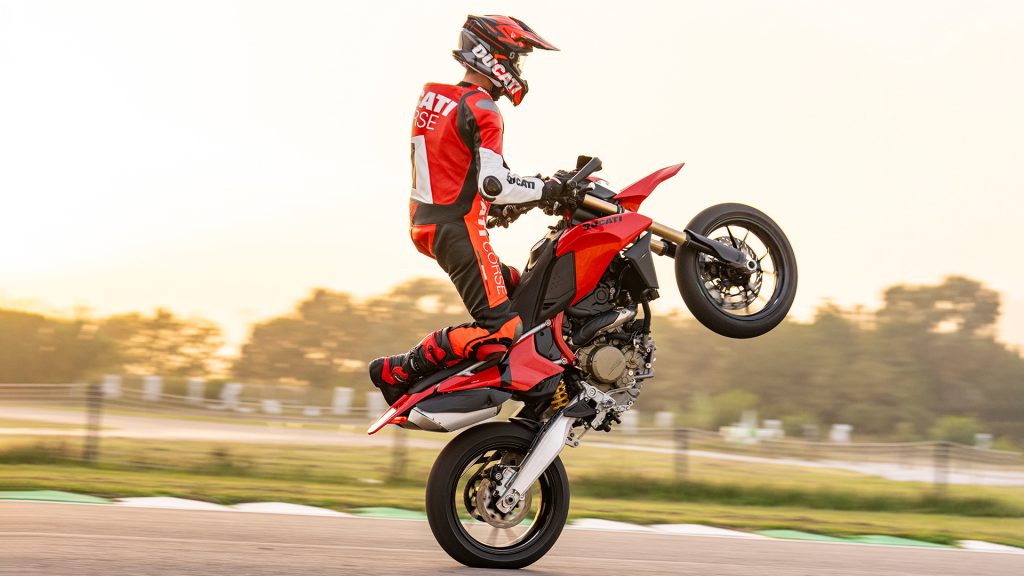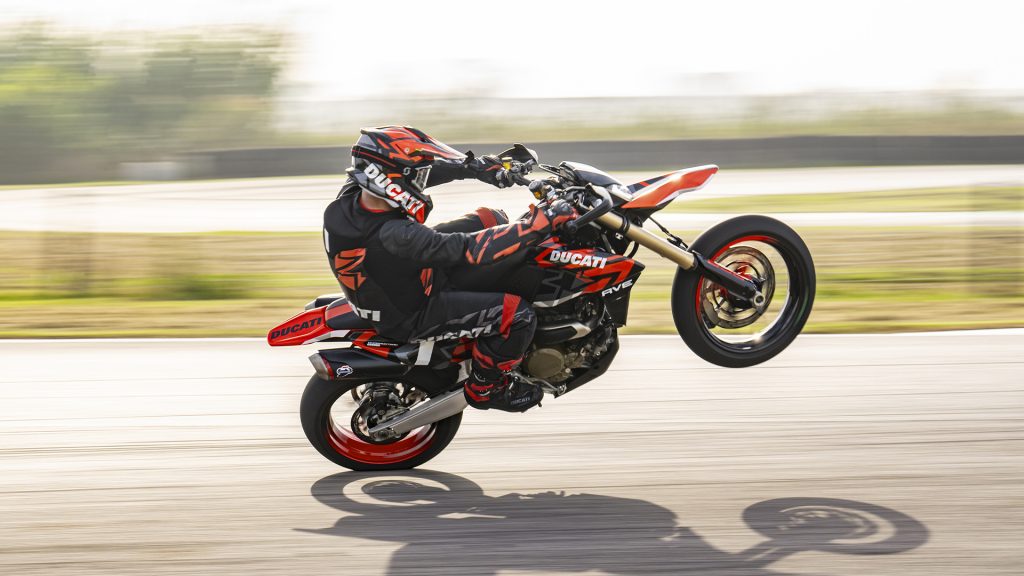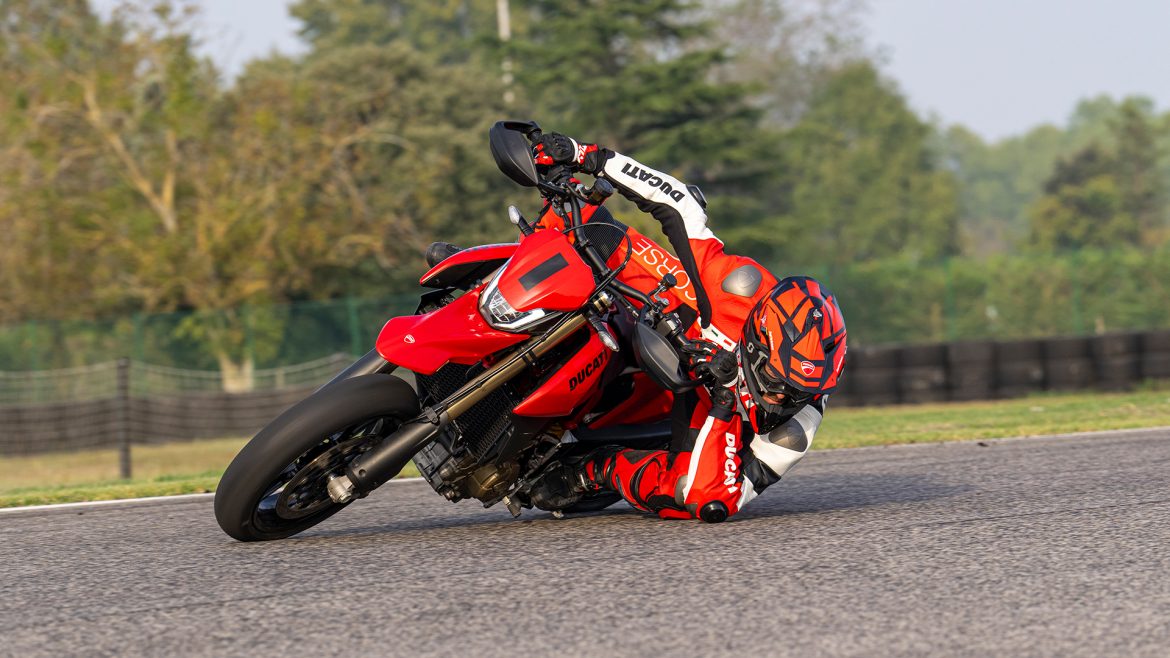Ducati has taken its expertise from the Panigale for the development of chassis and electronics and used its most powerful single-cylinder engine for the new Hypermotard 698 Mono. Ducati claims that the Hypermotard 698 Mono offers exceptional performance on the asphalt and a very friendly riding experience to suit less experienced riders as well.
It comes equipped with Ducati’s cornering ABS, which boasts a special setting for sideways riding on the race track. The chassis of the Hypermotard 698 is also designed to offer a communicative front end and agile handling through bends. Like the bigger Hypermotard models, the Hypermotard Mono also carries a slim and sleek stance, with minimal body panels and a high & flat seat.

Its other Hypermotard signature elements include a tall LED headlight, high front mudguard, sharp tail light, Y-spoke lightweight alloy wheels and double silencers around the side. On the electronics front, the Hypermotaed 698 Mono comes with 4 riding modes (Sport, Road, Urban and Wet), four levels of ABS, three levels of engine mode and wheelie control. All the electronic aids can be controlled via the 3.8-inch LCD instrument cluster.
The Supermotard Mono engine is currently the most powerful and highest-revving single-cylinder engine in the world. It boasts a displacement of 659cc and offers a peak power output of 77.5PS at 9750rpm and 62.7Nm of torque at 8,000rpm. The “box-in-box” piston layout of the Superquadro Mono engine uses a double-truss base to combine rigidity and resistance. Furthermore, critical engine internals like rocker arms and piston pins are equipped with a Diamond Like Carbon (DLC) coating.

Suspension duties of the Hypermotard 698 Mono are handled by 45mm upside-down forks at the front and a fully adjustable mono-shock at the rear. In addition, it offers a 330mm diameter front disc mated to a Brembo M4.32 4-piston radial calliper. The Hypermotard 698 Mono weighs 151kg without fuel, which has been attained with a rigid and light trellis frame design. Other components like wheels and disc brakes, which contribute to the unsprung mass, have been designed to maximise weight savings.



